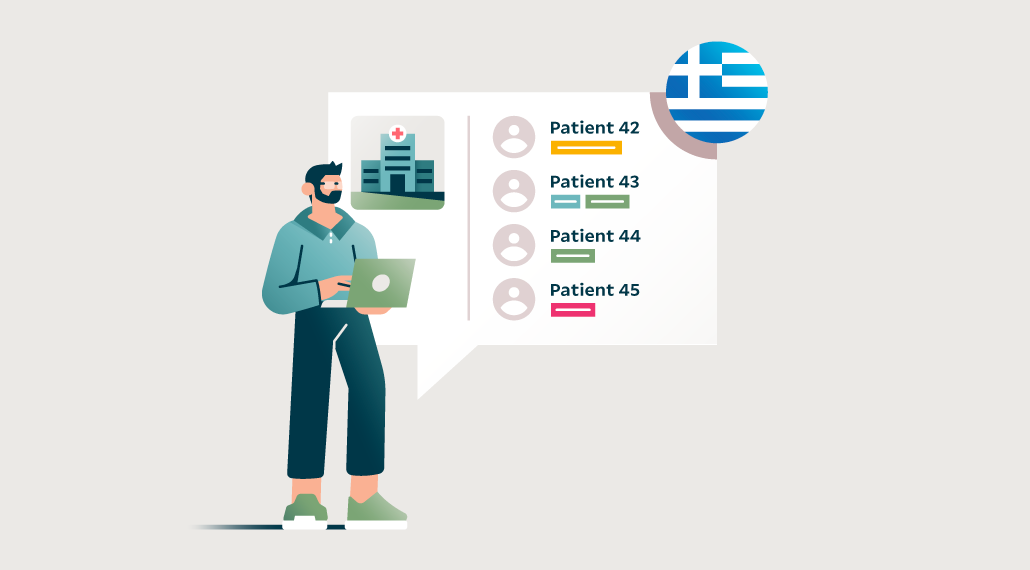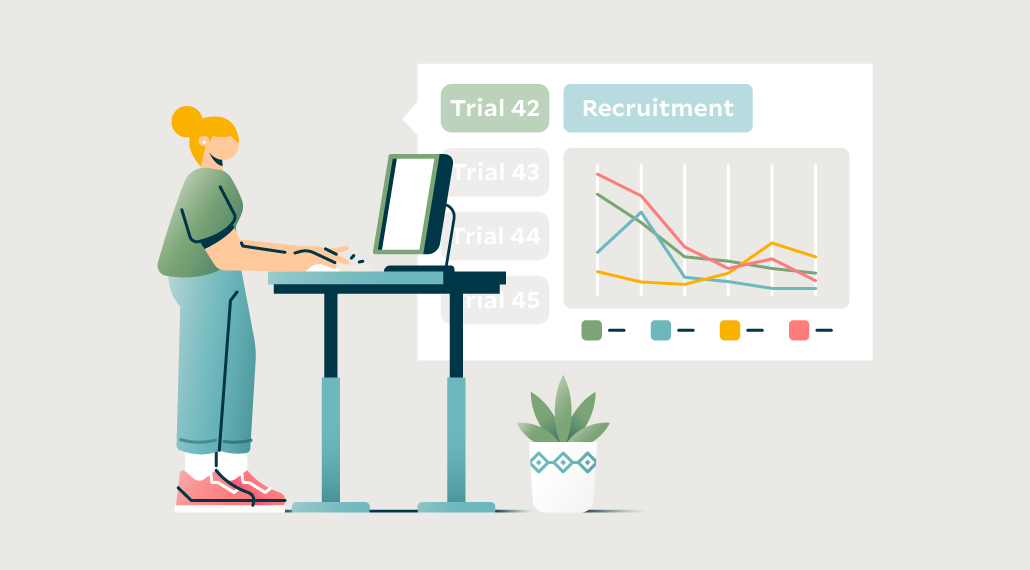February 19th, 2021
Site Seeing: Accelerating Patient Recruitment at CIRCA
By Reify Health

A Q&A Series with Clinical Research Sites

Tyler Whitfield is a clinical research coordinator at the Clinical Integrative Research Center of Atlanta, which was founded in 2013 by doctors Frank Berenson and Robert Flamini and co-exists within the private practice of PANDA Neurology and Atlanta Headache Specialists. Tyler uses StudyTeam to manage the site’s patient recruitment efforts. We sat down with Tyler to understand his role, the opportunities and challenges of recruiting patients for clinical research, and how he uses StudyTeam to manage patient enrollment for his studies.
How were you managing patient recruitment prior to StudyTeam?
Prior to StudyTeam, there was not a single consolidated database to track or search patient recruitment activities, it was just loose-leaf paper with lines crossed through patients and notes in the margins. There was a lot of duplication, redundancy, and confusion. Much of the patient information was stored in the lead recruiter’s mind but inaccessible to the rest of us.
Based on our workload and the complexity of tasks, most people don't remember the basic subject information after a study concludes, so it’s hard to re-access that patient information later on. I knew there should be an easier, more streamlined method, but had not found one that preserved the confidentiality we needed as a medical facility.
We knew we needed a system that was digitized and searchable, and that there were years’ worth of patients in our database—some we had reached out to multiple times about different studies. This wasn’t sustainable; we respect our patients’ time and privacy, and we want to be as minimally invasive as possible.
What was your first impression of StudyTeam and how did that change?
My first impression when I saw our office manager working in StudyTeam was that it was very similar to kanban boards, which is a perfect setup for our process. I was used to chart-searching and had tried to get the department to use a kanban solution, but given that it wasn’t HIPAA compliant, it wasn’t going to meet our needs.
I was immediately impressed with how StudyTeam was built. There's a simplicity to the usability that's really smooth for integration. The more we learned, the more we were able to navigate the system, learning how to have multiple screens or modules open at once. It’s built to give us the capacity to multitask and the workflow makes sense for those of us that manage patient recruitment on a daily basis.
"It feels so good to be heard and to feel like you are participating in something larger."
How long did it take you to get up and running on StudyTeam?
Our department was able to start using StudyTeam effectively a lot faster than any other patient recruitment solution we had tried in the past. Everyone on our team was more willing to start using this method; usually there’s pushback whenever we add a new technology, but there wasn’t with StudyTeam. Everyone we have worked with at [OneStudyTeam] has been incredibly kind and receptive to our questions and input.
Do you have experience working with other clinical research software?
I didn't have a lot of experience with medical software and know there are several other platforms that do similar work. I started here as a recruiter, but without any prior medical background, I didn't have experience with software that would be serving this purpose. Our manager talked about how other site CTMS software systems were prohibitively expensive, and many small research sites don't have deep pockets to spend on advanced CTMS or machine learning systems. As a smaller entity of a private practice, many providers operate on smaller budgets.
Can you talk about the value as a researcher and recruiter that StudyTeam has brought you?
While I’ve never put an exact number to it, StudyTeam is definitely creating value for our site and saving us copious amounts of time. It puts clarity on patients for their inclusion and exclusion criteria for a given study, and it’s valuable that the criteria stays with the patient through different trials and you can create a longitudinal record for each candidate. Everyone on our team has the capability to see the same information in real-time. Additionally, the time stamp on CRC record entries for the patient card adds traceability and accountability, allowing us to ask each other questions directly if there is any confusion, which provides much clarity for the team.
Anything else you’d like to share?
Using StudyTeam is intuitive, and [OneStudyTeam] seems genuinely interested in not only listening to product feedback but engaging in a dialogue that has directly affected our productivity. If we suggest an idea, the team is either already working on it or takes it into account. StudyTeam is constantly improving, making our process smoother.
Related Posts

How Does a Trial Manager in Greece Improve Clinical Trial Operations with StudyTeam®?
Dimitris Tziogas, local trial manager at a biotechnology company in ...
Read More
How to Address Key Clinical Trial Challenges, According to Clinresco Centres in South Africa
There’s no single solution to overcoming a research site’s specific ...
Read More
3 Clinical Trial Billing Challenges Research Sites Solve with StudyTeam
Challenge 1: Complicated coverage analysis Challenge 2: Tedious budgeting ...
Read More
.png?width=64&name=OST%20Transparent%20(1).png)